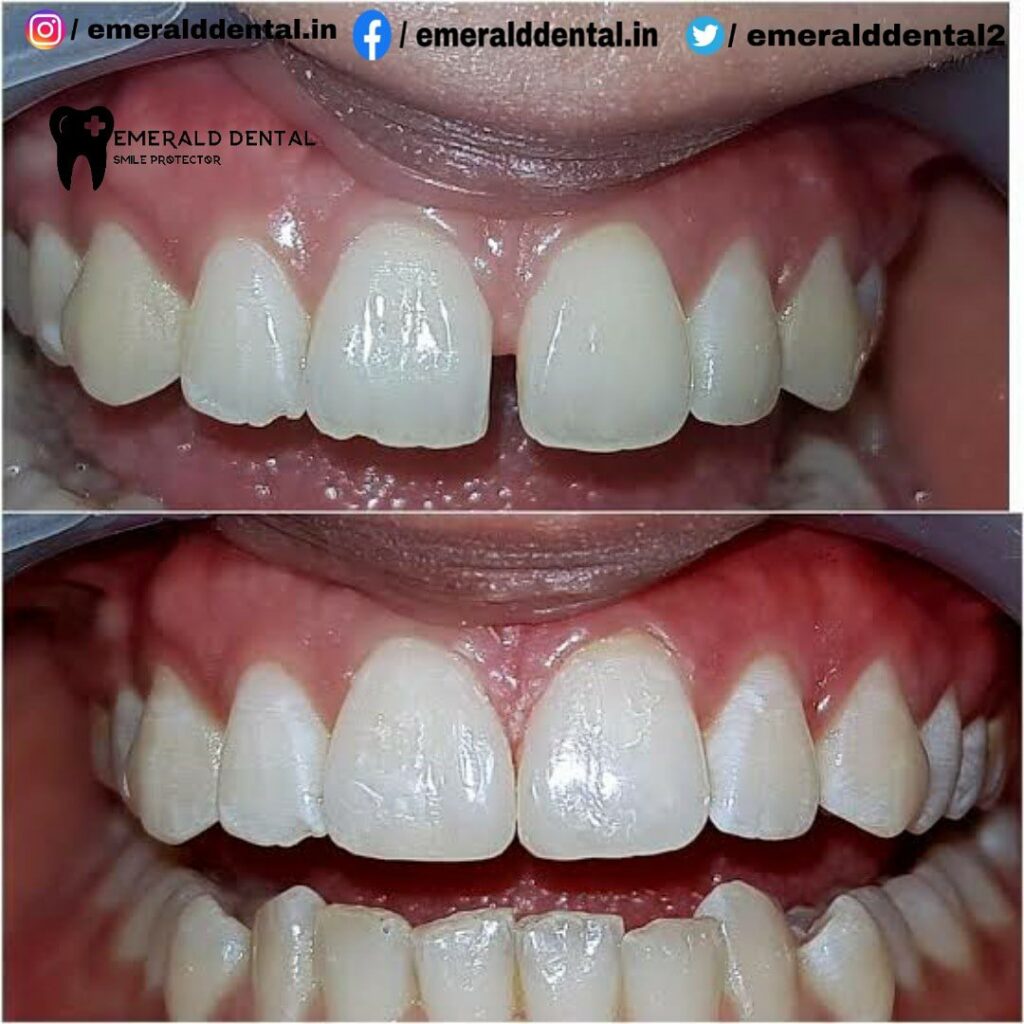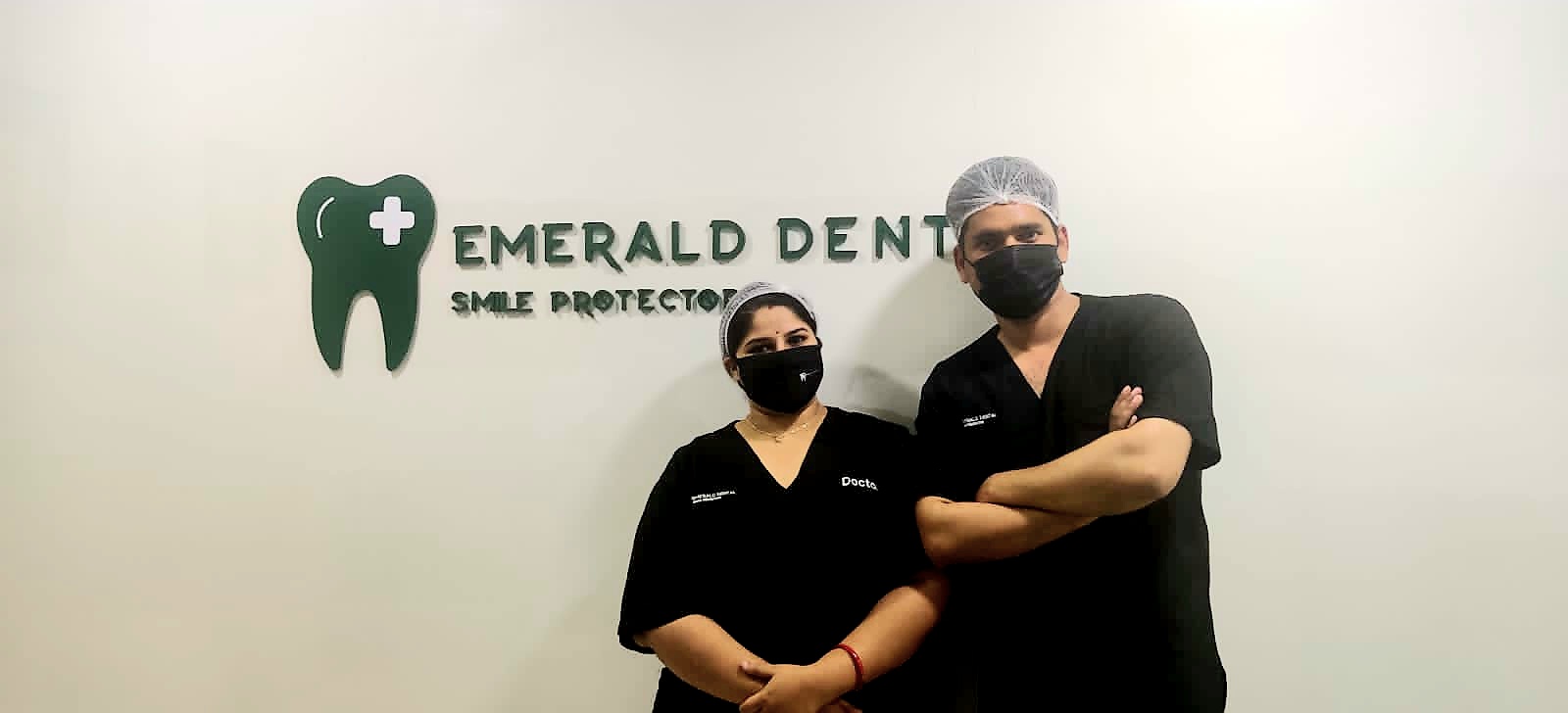

But in some cases, midline diastema does not get close spontaneously, in that cases, proper diagnosis is important to rule out the cause. Fleshy labial frenum, habits, or muscular imbalance, etc., may be the cause. Timing of the treatment is very important for satisfactory results.
CAUSES OF MIDLINE DIASTEMA
1- Genetic and familial history
2- Physiological: Developing dentition
3- Supernumerary teeth (Extra teeth )
4- Abnormal frenum: High attachment of labial frenum (fold of the mucous membrane connecting the lip to upper jaw). A simple blanching test is performed for an abnormal high frenum.
5- Tooth material – arch length discrepancy: condition such as missing teeth, microdontia ( small size teeth), peg shaped lateral incisors, macrognathia (large jaw size)
6- Habits: Habits such as thumb sucking or tongue thrusting can cause procliantion of teeth, which causes midline diastema along with generalized spacing
7- Midline pathology: soft tissue and hard tissue pathologies such as cysts, tumors and odontomes may cause midline diastema
8- Iatrogenic or treamemt related: rapid maxillary expansion can cause midline diastema due to opening of the intermaxillary suture
9- Imperfect fusion of bones at the midline
10- Gum diseases
Treatment Options for Midline Diastema
Treatment strategies are made keeping in mind etiology of diastema, age of the patient, other associated anomalies, normal growth and development, tooth size discrepancies, excessive incisor vertical overlap of different causes, inclination and angulation of teeth,
GENERALIZED SPACING AND GUM CONDITIONS.
1- If your lateral incisors are too small, your dentist may suggest widening them using crowns, veneers or bonding.
2- If you have a space because you are missing teeth, you might need more extensive dental repair. This might include dental implants, a bridge or a partial denture.
3- If the gap is caused by periodontal disease, then periodontal treatment by a dentist or gum specialist (periodontist) is necessary.
4- Pathological causes like supernumerary teeth, midline soft tissue anomalies can be removed surgically and spaces are closed orthodontically.
5- Oral habits such as thumb sucking and tongue thrusting should be corrected before closure of the space.
Restorative Treatment for Midline Diastema
1- Tooth colored material filling(Composite)
2- Laminates or veneers
3- Ceramic Crowns
4- Implants in case of missing lateral incisors
Orthodontic Treatment for Midline Diastema
1- Removable plates
2- Braces
When to Worry for Midline Diastema?
Midline diastemata (or diastemas) occurs in approximately 98% in 6 year olds, 49% in 11 year olds and 7% in 12– 18 year olds. In case of normal physiological development, diastemas of less than 2mm in nine-year-old children generally is closed by the time the maxillary canines erupts. For some individuals, however, the diastema does not close spontaneously. In adults with wider diastemas, braces are required.
www.emeralddental.in
EmeraldDental #MidlineDiastema #dentalabscess #Crownsandbridges #doctorsblog #periodontist #periodontal #smileprotector #kidsdentalcare #SmileOn
safetyfirstalways #Covid19India
Doctors #Medical #Smile #Perodontics #Orthodontics #DentalAnatomy #family #Pedodontics #Prosthodontic #oralPathology #oralmedicine #sensitive #dentalradiology #Endodontics #kidscare



